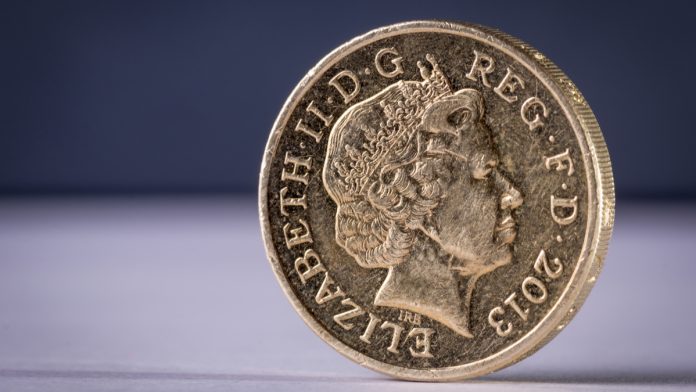The British pound is lower against the Australian dollar on Thursday.
The exchange rate has fallen in 14 out of the last 15 days.
The British pound was slammed as traders dropped the UK currency following the worst PMI data on record. The data implies the UK is already in a deep recession.
The Australian dollar benefited from another huge daily gain in oil prices, which have surged 50% in the past two days.
GBP/AUD was down by 114 pips (-0.60%) to 1.9383 as of 6pm GMT.
The currency pair gave up the 1.95 level in early trading and made short work of 1.94 before finding a low of the day near 1.935. The exchange rate fell -0.65% yesterday bringing the weekly total to -1.37%.
British pound crunched by PMI data
The UK currency was knocked on Thursday by some truly shocking survey data from purchasing managers in April (PMIs). The numbers are significantly below the previous record lows recorded in the great financial crisis of 2008.
The flash reading for the UK manufacturing PMI fell to a record low of 32.9 in April, down from 47.8 in March but the service sector has taken the brunt. The flash reading for UK services PMI in April slumped to a record low of 12.3 from 34.5 previously. As a reminder, a reading below 50 denotes contraction.
Australian dollar continues 3-week uptrend over pound
The Australian dollar has been making consistent daily gains over the pound, so while the pound staged a later recovery against some currencies, it was unable to against the Aussie. For the past three weeks, the exchange rate has only declined on one day according to data from Reuters.
Australia is not immune to the effects of the coronavirus pandemic. Australian prime minister, Scott Morrison, said over 500,000 applications for jobseeker applications had been processed by Services Australia, which is more than it usually does in a year. However, so far the government response and the country’s relative isolation from the rest of the world have served it well.





